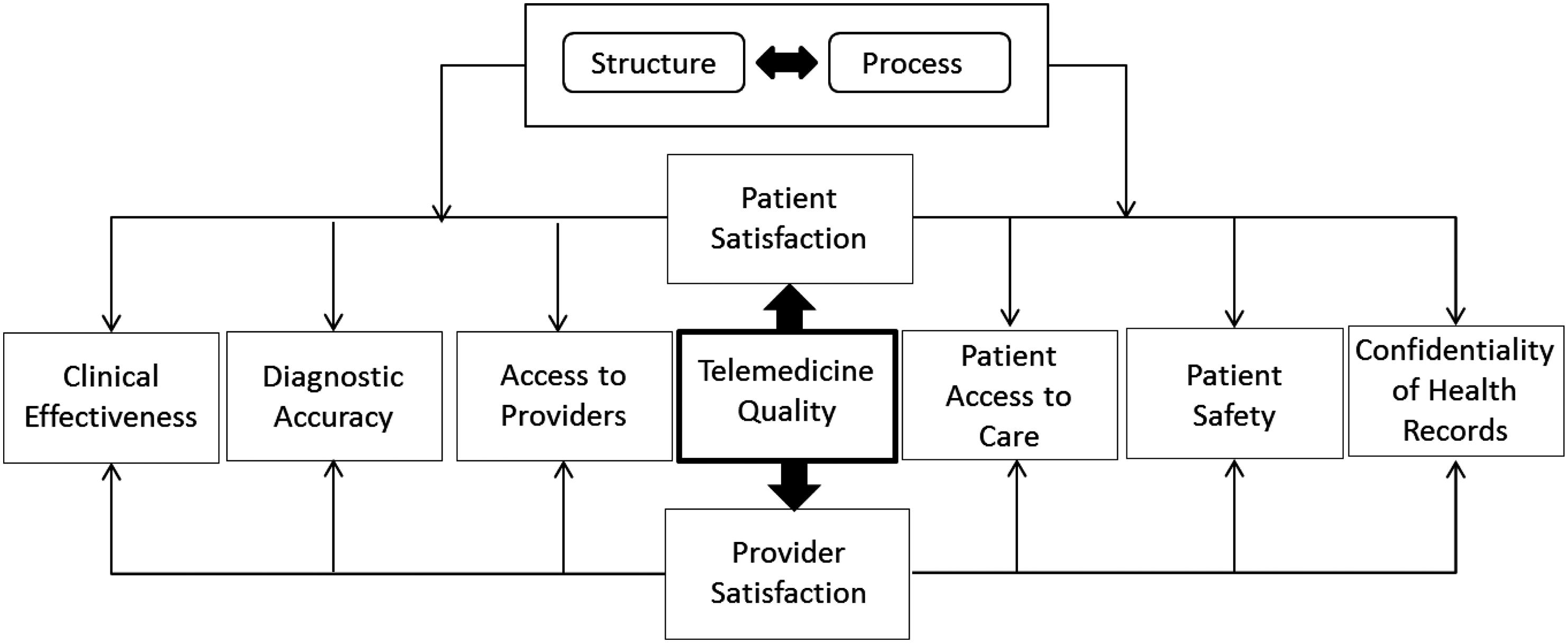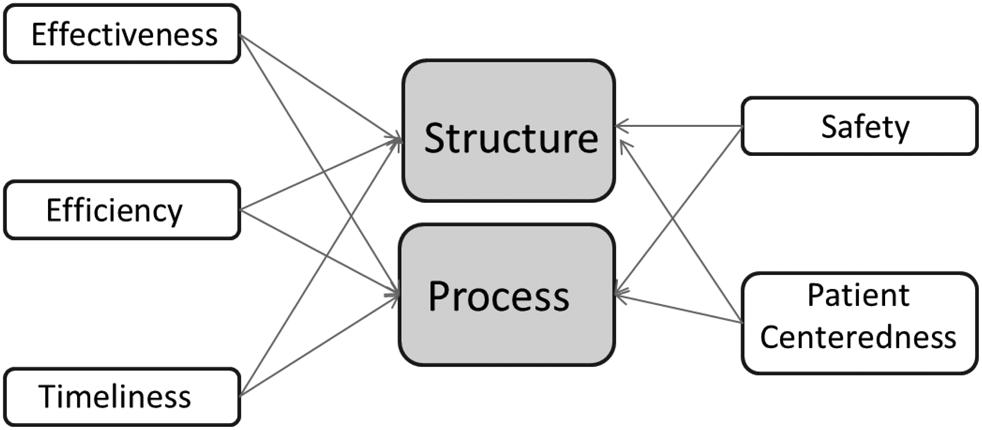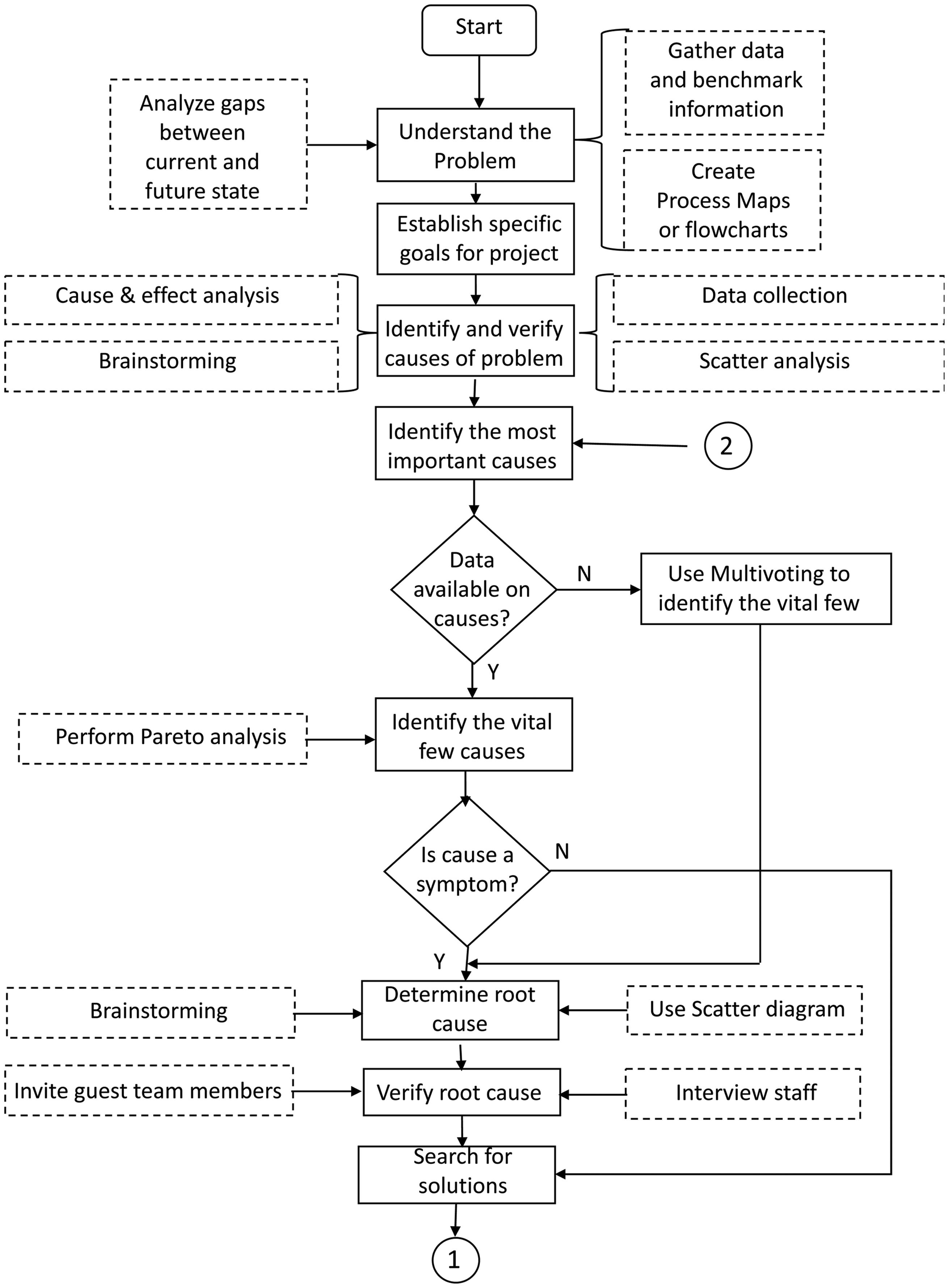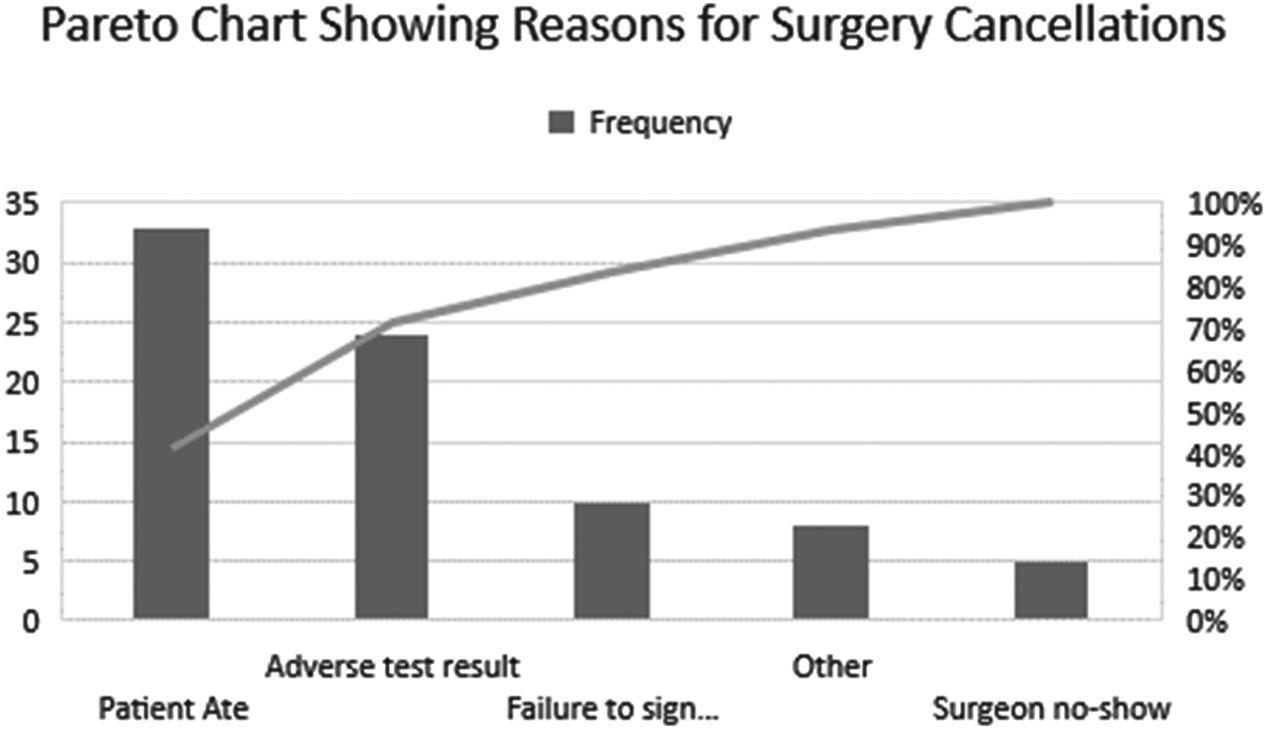180 ◾ Healthcare Value Proposition
absenteeism, and an independent variable, such as length of employment. A scatter diagram reveals existing patterns in data and shows the strength of the relationship between both variables. Although the technique is often used for discrete (countable) data, its correct application is when two variables are continuous (measurable) data (see Figure 7.14). The following are examples of where scatter diagrams can be used: ◾◾ To study the relationship between number of patient falls and the census on the hospital unit. ◾◾ To study the relationship between food temperature (upon delivery to the patient) and speed of delivery in minutes (the amount of time between the food being removed from the oven and the patient receiving it). ◾◾ To examine the relationship between the patient’s waiting time after pushing the call button and the time of day. ◾◾ Hospital readmission rates and how full the hospital was at the time of discharge. The point is that, if extra beds are available, patients can stay an extra night as a precautionary measure. If beds are in high demand, some hospitals might send patients home earlier than if there were extra beds. ◾◾ To investigate the relationship between hours spent training new nurses and the number of mistakes made on patient charts.
An Example
Dependent Variable (y)
The data on the next page (Table 7.14) represents information on the number of patient falls vs. the staffing levels in man hours. Figure 7.15 shows the scatter plot using Minitab software.
Independent Variable (x)
Figure 7.14 Scatter diagram showing a positive correlation.











